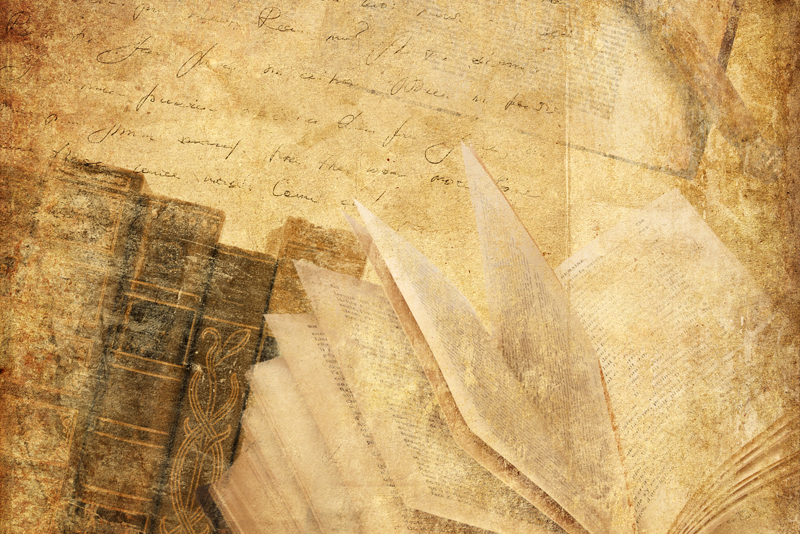Machine-made Buttonhole Tips

Most sewing machines, even ones of vintage origin, have a specialty foot and sewing system or program for making machine-made buttonholes that calculates the number of stitches for the buttonhole columns and rounded or bar tack ends. They are usually created using a one-step or two-step method.
One-step buttonholes are used for flat buttons usually smaller than 1 and 1/8 inches in diameter. Two-step buttonholes are for larger or thicker buttons or ones that are irregularly shaped.
Each sewing machine will have instructions for specific styles and methods. It is best to read the machine's manual to become familiar with sewing specific buttonhole features.
Be sure to duplicate the thickness of the garment and include any interfacing or fusible backing used.
Use a slightly looser top thread tension if necessary when making a practice buttonhole on the fabric scrap so any potential puckering can be avoided.
Buttonhole placement accuracy is essential to keep multiple buttonholes at a uniform distance from the edge of a garment and of course evenly spaced.
The buttonhole length should be just long enough to allow the button to slip through the opening without strain to potentially avoid stretching out the buttonhole over time. Most machines offer a gauge to manually determine the length that the buttonhole should be by measuring the width plus the thickness of the button. To be sure, cut a slit in a small piece of scrap fabric and pass the button through – increase the length of the opening until it slips through easily if necessary.
Use a new machine needle if possible to ensure the top and bobbin threads produce an even and balanced stitch. The width setting for the buttonhole often is pre-determined by the machine's settings.
Placing each buttonhole in an equal distance from the garment's edge and between each buttonhole is essential. Usually the paper pattern will indicate buttonhole placement from the finished edge. Lay the pattern over the garment, lining up markings, pin through the pattern into the garment to mark the beginning and ending of each buttonhole. Carefully pull the pattern off the garment leaving the pins in place. Next, mark what will become each buttonhole opening lightly with a fabric marking tool - a water or heat erasable pen or pencil. Chalk can be used to mark placement as well but may be less accurate.
Note: It is possible to use uninterrupted lengths of painter's, masking or quilter's tape (test to see if no residue or mark will remain) to mark all buttonholes at once in an equidistant starting point from the garment's finished edge for all horizontal buttonholes. All buttonholes would start up against the tape edge. Check carefully that each buttonhole will be equally spaced from the next. For vertical buttonholes carefully mark what will become the buttonhole's beginning and end of each one.
Use a seam ripper, small sharp pointed scissors or blade to cut open the sewn buttonhole by placing a pin across each of the bar tack or rounded ends. The pins will prevent the cut from severing the end stitching. Or, start by cutting from an end in toward the center, then proceed from the other end toward the center thereby avoiding cutting any end stitches.
To correct a false start when stitching a buttonhole, stop and remove the stitches from the garment, then complete the buttonhole stitching on a piece of scrap fabric to finish the automatic sequence of the buttonhole. Then begin anew.
Machine-made buttonholes can be quick and easy to sew, however they do require some practice (remember the truism about making perfect) and some careful marking and measuring beforehand.
Sew happy, sew inspired.
One-step buttonholes are used for flat buttons usually smaller than 1 and 1/8 inches in diameter. Two-step buttonholes are for larger or thicker buttons or ones that are irregularly shaped.
Each sewing machine will have instructions for specific styles and methods. It is best to read the machine's manual to become familiar with sewing specific buttonhole features.
Be sure to duplicate the thickness of the garment and include any interfacing or fusible backing used.
Use a slightly looser top thread tension if necessary when making a practice buttonhole on the fabric scrap so any potential puckering can be avoided.
Buttonhole placement accuracy is essential to keep multiple buttonholes at a uniform distance from the edge of a garment and of course evenly spaced.
The buttonhole length should be just long enough to allow the button to slip through the opening without strain to potentially avoid stretching out the buttonhole over time. Most machines offer a gauge to manually determine the length that the buttonhole should be by measuring the width plus the thickness of the button. To be sure, cut a slit in a small piece of scrap fabric and pass the button through – increase the length of the opening until it slips through easily if necessary.
Use a new machine needle if possible to ensure the top and bobbin threads produce an even and balanced stitch. The width setting for the buttonhole often is pre-determined by the machine's settings.
Placing each buttonhole in an equal distance from the garment's edge and between each buttonhole is essential. Usually the paper pattern will indicate buttonhole placement from the finished edge. Lay the pattern over the garment, lining up markings, pin through the pattern into the garment to mark the beginning and ending of each buttonhole. Carefully pull the pattern off the garment leaving the pins in place. Next, mark what will become each buttonhole opening lightly with a fabric marking tool - a water or heat erasable pen or pencil. Chalk can be used to mark placement as well but may be less accurate.
Note: It is possible to use uninterrupted lengths of painter's, masking or quilter's tape (test to see if no residue or mark will remain) to mark all buttonholes at once in an equidistant starting point from the garment's finished edge for all horizontal buttonholes. All buttonholes would start up against the tape edge. Check carefully that each buttonhole will be equally spaced from the next. For vertical buttonholes carefully mark what will become the buttonhole's beginning and end of each one.
Use a seam ripper, small sharp pointed scissors or blade to cut open the sewn buttonhole by placing a pin across each of the bar tack or rounded ends. The pins will prevent the cut from severing the end stitching. Or, start by cutting from an end in toward the center, then proceed from the other end toward the center thereby avoiding cutting any end stitches.
To correct a false start when stitching a buttonhole, stop and remove the stitches from the garment, then complete the buttonhole stitching on a piece of scrap fabric to finish the automatic sequence of the buttonhole. Then begin anew.
Machine-made buttonholes can be quick and easy to sew, however they do require some practice (remember the truism about making perfect) and some careful marking and measuring beforehand.
Sew happy, sew inspired.

Related Articles
Editor's Picks Articles
Top Ten Articles
Previous Features
Site Map
Content copyright © 2023 by Cheryl Ellex. All rights reserved.
This content was written by Cheryl Ellex. If you wish to use this content in any manner, you need written permission. Contact Cheryl Ellex for details.







